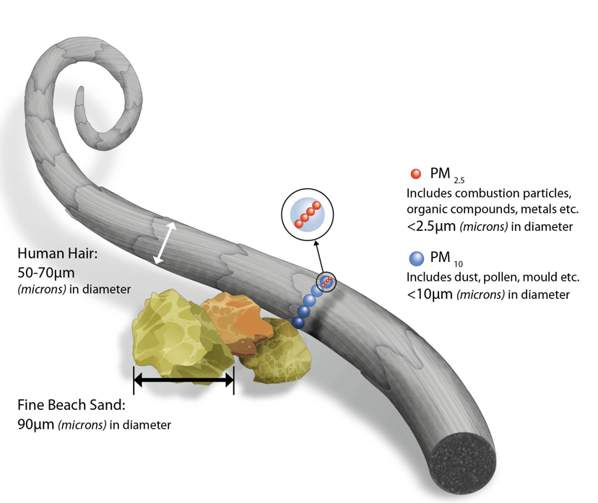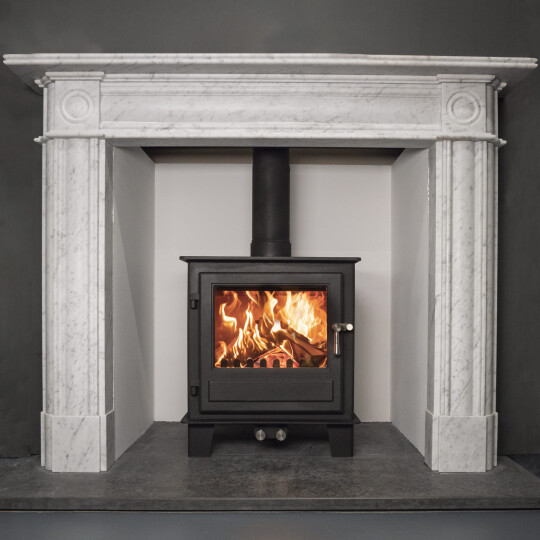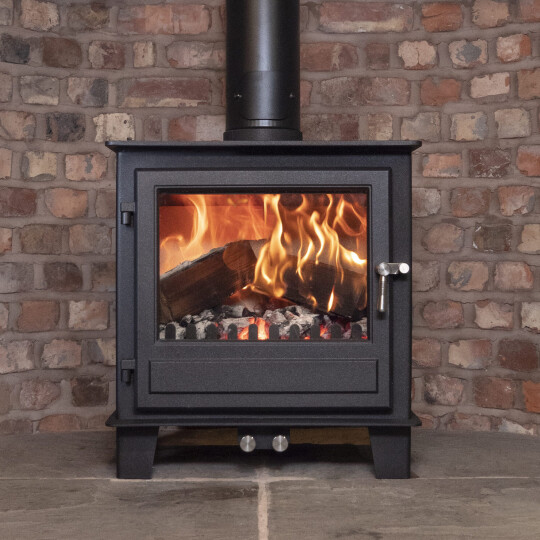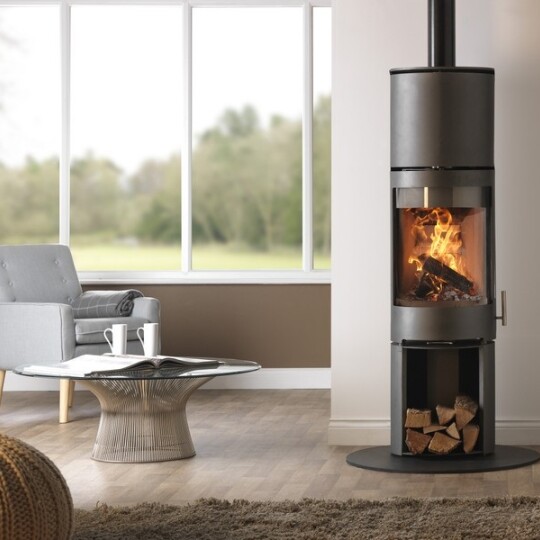PM 2.5: What is it?
Particulate Matter 2.5

Secondary PM2.5 is fine particulate matter that is formed from other air pollutants, such as NO2 and SO2 emitted from various sources (including combustion in energy industries, industrial combustion and transport) that turn into PM2.5 a few hours to a few days after being emitted.
Modern stoves burning dry wood fuel make up a very small percentage, under 0.3%, of total UK PM2.5 emissions.
To put this into context, road traffic accounts for 17.9%.
Emissions of PM2.5 and PM10 from domestic combustion over the years -
- 2020-2023 17% decrease
- 2022-2023 7% decrease
- 1990-2025 72% decrease
The decrease for stoves is largely in thanks to the 2022 Eco Design Legislation that set standards for the efficiency and emissions of solid fuel space heating appliances. Appliances must meet the minimum efficiency levels set out within the regulation and must not exceed the emission levels standards set for:
- PM – Particulate Matter
- CO – Carbon Monoxide
- OGC – Organic Gaseous Compounds
- NOx – Nitrogen Oxide
Or be taken off the market.
All of the stoves we sell are Eco Design Ready.
Source: Stove Industry Association, "PM2.5 levels in England halved since 2003", "Significant decline in emissions from domestic combustion in the UK"







